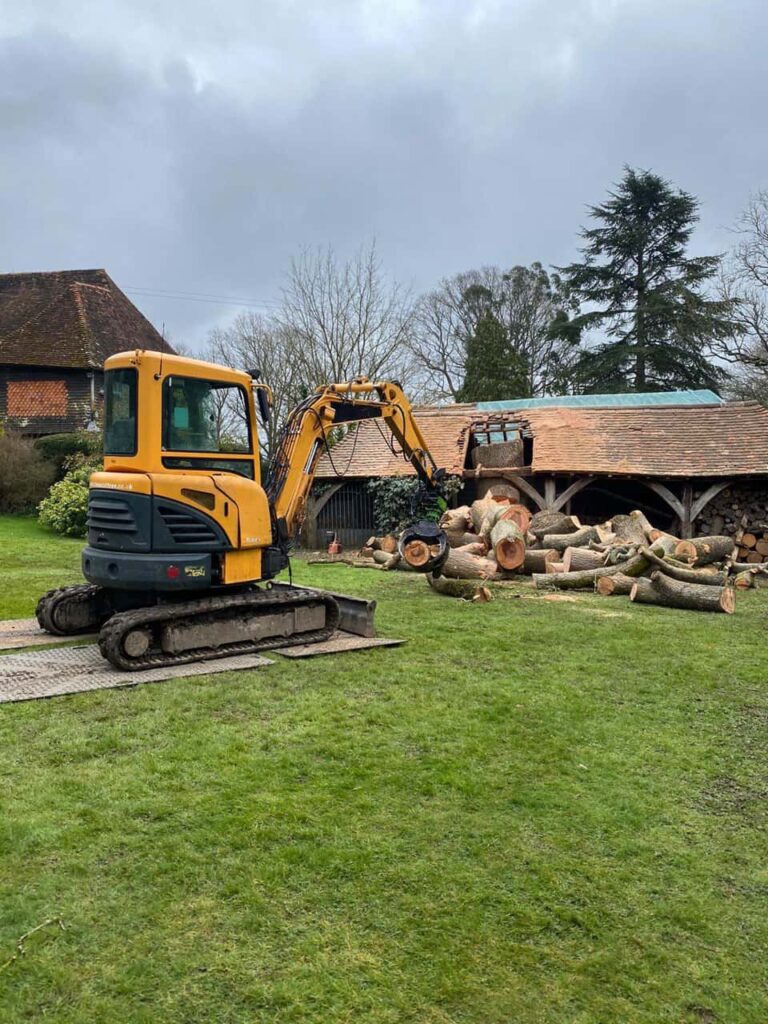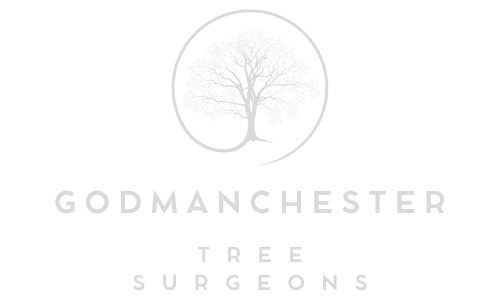The Dangers of Topping Trees: Why It’s a Harmful Practice
Tree topping is a misguided pruning method that involves cutting the upper portion of a tree’s crown, often to control height or remove large branches. While some may believe this makes a tree safer or more manageable, it actually causes long-term damage and poses significant risks to tree health. Understanding the dangers of tree topping can help homeowners and property managers make informed decisions about tree care.
Why Tree Topping Is Harmful
1. Weak Regrowth and Structural Instability
When a tree is topped, it responds by producing multiple weak shoots from the cut branches. These shoots grow rapidly but lack the structural integrity of natural branches, making them more likely to break in strong winds or heavy storms.
2. Increased Risk of Disease and Decay
Topping exposes large sections of a tree’s inner wood, leaving it vulnerable to pests, fungal infections, and decay. Unlike proper pruning cuts, which allow a tree to heal naturally, topping wounds do not close properly, leading to long-term health problems.
3. Excessive Stress on the Tree
Trees depend on their canopy to produce food through photosynthesis. Removing a significant portion of the crown disrupts this process, forcing the tree into survival mode. This stress weakens the tree, reducing its lifespan and making it more susceptible to other environmental threats.
4. Unattractive Appearance and Devaluation of Property
A topped tree loses its natural shape and beauty, often resembling a group of stumps rather than a well-formed tree. This can negatively affect the aesthetic appeal of a property and, in some cases, lower its value.
5. Higher Maintenance Costs Over Time
Because the regrowth from topping is weak and fast-growing, it requires frequent pruning to manage. This leads to higher long-term maintenance costs compared to trees that are pruned correctly from the beginning.
Proper Alternatives to Tree Topping
Crown Reduction
A professional crown reduction trims selective branches to reduce height while maintaining the tree’s natural shape. This technique promotes healthy regrowth and minimises stress.
Crown Thinning
Removing select branches from within the crown allows better air circulation and reduces wind resistance, making the tree safer without compromising its structure.
Proper Tree Placement
Planting the right tree species in the right location can eliminate the need for drastic height reduction in the future. Consulting with a tree surgeon before planting can help avoid potential issues.
Conclusion
Tree topping is a harmful practice that weakens trees, increases safety risks, and leads to costly maintenance. Instead of topping, proper pruning techniques like crown reduction and thinning help maintain tree health while ensuring safety and aesthetic appeal.
For expert tree care services in Godmanchester, Cambridgeshire, contact Godmanchester Tree Surgeons. Our team offers professional pruning and maintenance to keep your trees healthy, safe, and beautiful.
Call us on: 01480 270 985
Click here to find out more about Godmanchester Tree Surgeons
Click here to complete our contact form and see how we can help with your tree needs.

